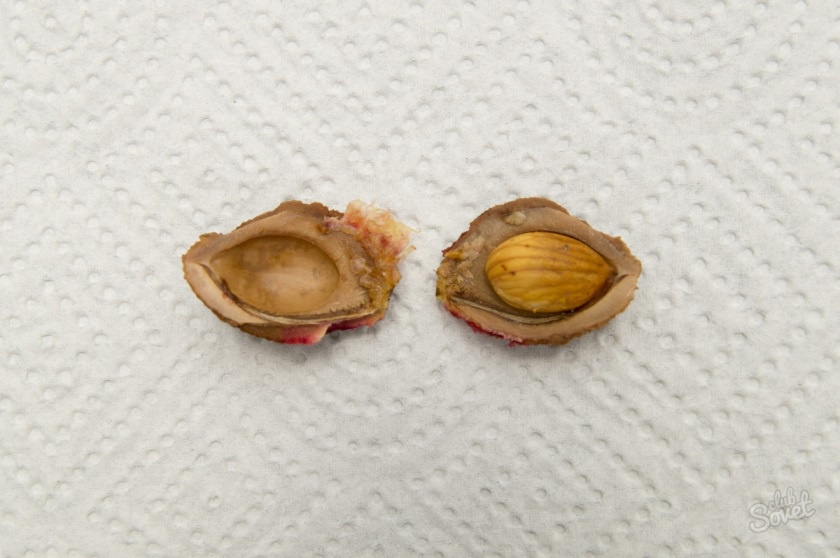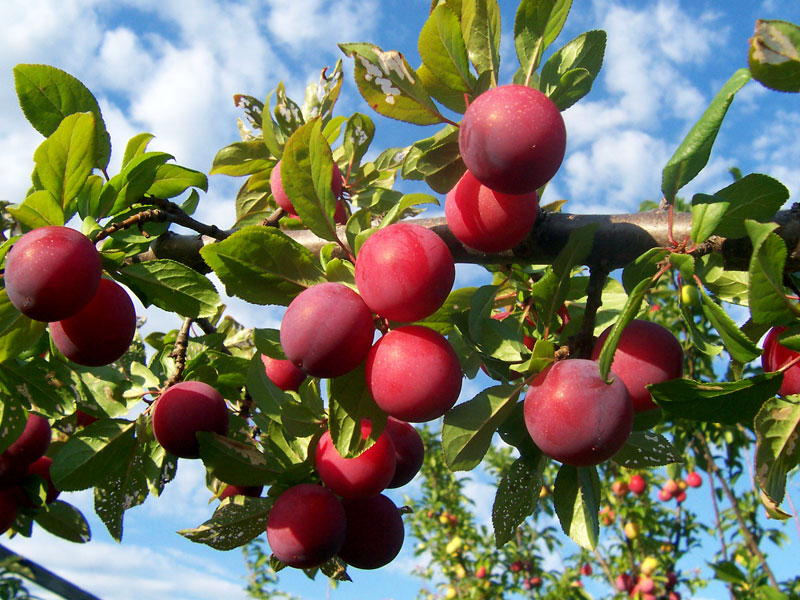How to grow a stone plum at home
Content
Seed collection
In order for an event with the cultivation of a plum tree at home to be successful, you first need to select and properly prepare seed material. When buying plums for sprouting, pay attention to the origin of the product. Imported fruits are unlikely to work in an unfamiliar climate. It is best to buy ripe and soft plums from local residents in the markets in order to immediately increase the survival rate of the future tree.
Use the pulp of the fruit as directed, and leave the bones. They will need to be thoroughly rinsed and completely cleaned of pulp residues. Then place the bone on a windowsill or any other place where it is sunny, dry and warm. The knuckles will dry out for several days. Now it's time to get the core, the seed itself. Use a nutcracker to do this. Be careful not to crush the seed.
In order for the plum seed to germinate with a high degree of probability, the seeds will need to be checked for suitability. Take a glass of water at room temperature and place the seeds in it. Fertile seeds will fall to the bottom, while the pacifier will remain floating on the surface.
Video "How to grow a plum yourself"
How to germinate a seed correctly
The first step in germinating plum tree seeds at home is called stratification. This is a slow germination method at low temperatures. It is necessary to carry out the procedure before winter, no later than November, so that the seeds are ready at the time of planting in open ground. Take a tight plastic bag, container, or glass jar and fill the container with fertile compost.
The soil should be moist, but not wet. Now put the seeds in the jar and shake it well. Such manipulation will help to make the soil loose and evenly distribute the seed in the ground. The prepared container with seeds is sent to the refrigerator with a temperature of + 2- + 4 ° C. Thus, future plums should be stratified for 5-6 months. Prepared seeds are planted in mid-May.
Now you need to correctly select and prepare a site in the garden. The place should be comfortable, sunny and quite spacious so that it is convenient to mulch and cover young shoots with burlap or foil in case of frost. It should be noted that temperatures below 0 ° C have an extremely negative effect on tree sprouts.
The land must first be fertilized to a depth of 30-40 centimeters. For 1 square meter of land, you will need 50 grams of superphosphate, 50 grams of potassium salt and 2-3 kilograms of humus. The sowing depth should be about 6-7 centimeters, and the distance between seeds should be at least 5-6 meters.In the prepared holes, carefully place the seeds that were stored in the refrigerator all winter. Until the moment of disembarkation, they should already have elastic white roots. Fill the holes with soil and water well. In the future, make sure that the landing does not dry out and is protected from all kinds of negative external factors.
From seed to tree
First of all, it should be noted that at least 4-5 years will pass from the moment of harvesting the seed to the receipt of the tree.The grown plant will begin to bear fruit only for 5-6 years. That being said, the first harvest will most likely not impress you with its quality. In the first year of fruiting, plums grow small. But if they did appear, then in the coming years the tree will certainly delight you with juicy and sweet fruits.
When the first shoots appear on the surface of the earth, it is important to ensure that the plant forms an even trunk. Shoots, which are still growing by autumn, are pinched at the beginning of September so that the tree can more easily endure the winter. In cold weather, a young plum must be insulated. It is better to postpone the formation of the crown until the first bountiful harvest appears.
When growing a plum from a stone, there is always the possibility that it will not turn into a fruitful cultivated tree, but a wild game with small and sour plums. To prevent this from happening, experienced gardeners recommend germinating seeds first in a pot and carrying out several transplants throughout the year. Only after that, the strengthened tree is planted in open ground.
Video "Plum in cold climates"
This video will show you how to grow plums and other fruit trees in cold climates.



